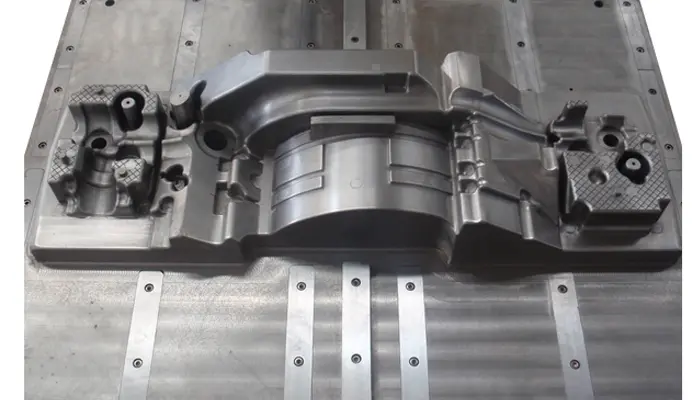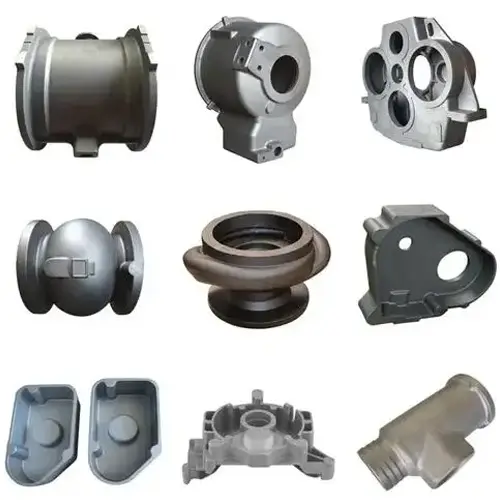Surface of ductile iron parts,the spheroidization decay produced by using benzenesulfonic acid to harden furan resin sand has always troubled manufacturers of ductile iron parts. A large number of scientific researchers have been committed to the study of spheroidization decay on the surface of ductile iron parts. There are many studies on the causes and mechanisms of spheroidization decay on the surface of ductile iron parts, while there are few reports on the prevention measures for spheroidization decay on the surface of ductile iron parts. The following are practical measures to prevent surface spheroidization decay.
1. Control casting process factors
In previous studies, it was found that with the increase in the amount of curing agent benzenesulfonic acid, the increase in the content of regenerated sand, the increase in pouring temperature, local overheating, etc., the thickness of the surface spheroidization decay layer increases. Therefore, in actual production, the thickness of the surface spheroidization decay layer can be reduced by controlling these casting process factors. In the resin sand molding process, by controlling the use of a lower amount of curing agent benzenesulfonic acid (0.35%), a lower content of regenerated sand (0.33%), a lower pouring temperature (1360℃), and preventing local overheating and other casting process measures, the thickness of the surface spheroidization decay layer can be controlled within 0.2mm. The mechanism of controlling these casting process factors to reduce the thickness of the surface spheroidization decay layer is mainly to reduce the way of sulfur increase and reduce the process factors of consuming residual effective Mg.
2. Use low-sulfur benzenesulfonic acid curing agent
The sulfur content of benzenesulfonic acid curing agent provided by suppliers is usually about 25%. Reducing the sulfur content of benzenesulfonic acid curing agent (desulfurization) makes the production process complicated and the cost increases. The main reason for reducing the spheroidization decay using low-sulfur benzenesulfonic acid curing agent is that the sulfur entering the surface of the molten metal by the heat vaporization of low-sulfur curing agent benzenesulfonic acid is reduced. The surface spheroidization decay of ductile iron samples produced using low-sulfur benzenesulfonic acid curing agent is reduced, but there is still a certain gap from the actual production needs.
3. Use anti-sulfur coating
The principle of using anti-sulfur coating to reduce surface spheroidization decay is that the high strength and density of the anti-sulfur coating layer can prevent sulfur from entering the melt surface in contact with the mold wall.
4. Use Quantum resin and Pipe resin
The mechanism that the surface of the sample with Quantum resin and Pipe resin is basically free of spheroidization decay layer is that Quantum resin, Pipe resin and catalyst do not contain sulfur.
5. Use of alkali phenolic resin
The surface spheroidization effect of using alkali phenolic resin is close to that of using clay sand mold because alkali phenolic resin and catalyst do not contain sulfur.







